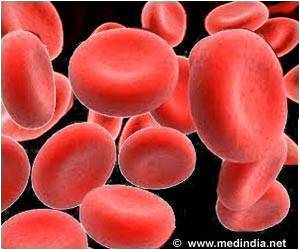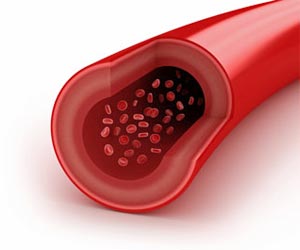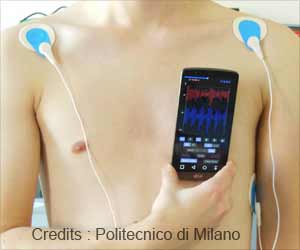The method that could detect blood clots anywhere in the body with a single whole-body scan and prevents the need for multiple scans required to locate a blood clot.

"It is a shot in the dark. Patients could end up being scanned multiple times by multiple techniques in order to locate a clot," said Peter Caravan from the Massachusetts General Hospital.
"We sought a method that could detect blood clots anywhere in the body with a single whole-body scan," he added.
A blood clot is a dangerous health situation with the potential to trigger heart attacks, strokes and other medical emergencies.
To treat a blood clot, doctors need to find its exact location.
"If a person suffers a stroke that stems from a blood clot, their risk for a second stroke skyrockets," Caravan noted.
Advertisement
Depending on where the blood clot is located, the treatment varies -- some of them respond well to drugs, while others are better addressed with surgery.
Advertisement
Source-IANS















